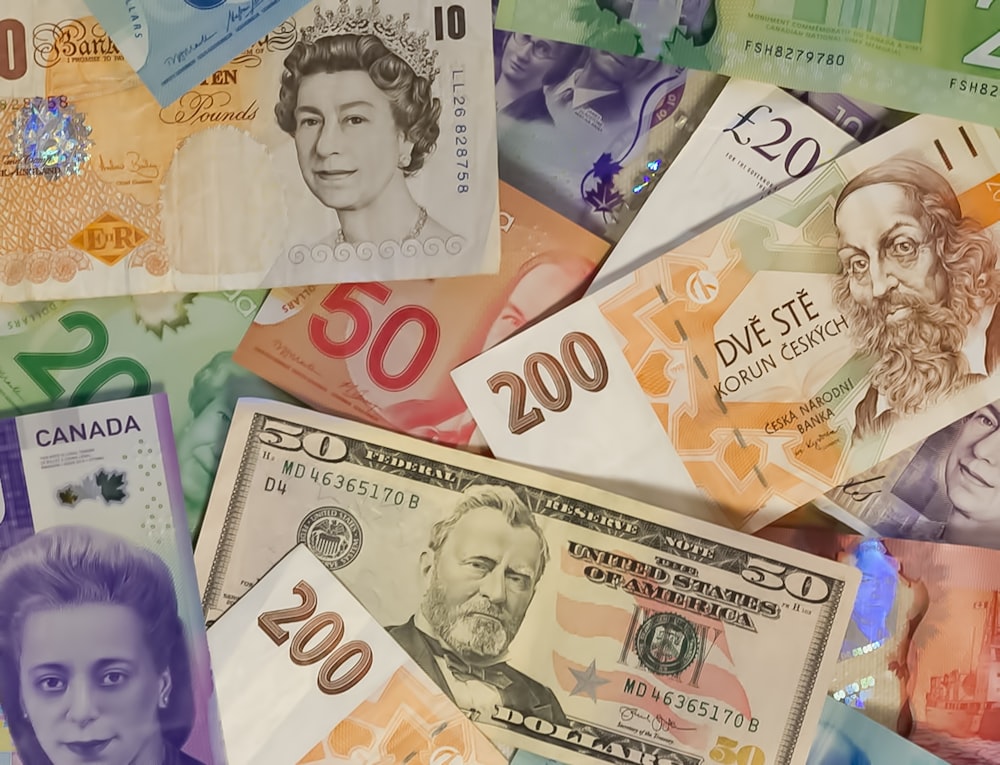FX Daily: Calm Waters Ahead
Image Source: Unsplash
In the two weeks leading to the 31 May US core PCE release, markets may experience reduced volatility. This is not necessarily bad news for the high-yielding USD, but the yen looks more fragile. A stabilization in EUR/USD around 1.08/1.09 or some modest downside pressure is our expectation for the near term.
USD: Dollar drop halted
The dollar decline stalled yesterday in line with our expectations, and we still think there is not enough thrust from US data to justify a significantly weaker greenback just yet. Aside from the inflation aspect – and markets may have reacted a bit too optimistically to the CPI and PPI – jobless claims also eased back yesterday to 222k after a jump to 232k one week ago. We had seen something similar in January, when they reached 225k but then dropped back to the 200-210k area.
Our view for the near term remains that we could see a further stabilization in USD crosses as markets await the next key data input: April core PCE on 31 May. Cross-asset volatility may stay capped in the next couple of weeks and encourage more search for carry. This is why we are not very optimistic about a further recovery of the yen, which remains the most attractive funding currency. Our rates team, incidentally, continues to warn that US Treasury yields are facing upside risks in the near term.
Overnight, China released some key data, which has set the tone for the market. April industrial production came in at 6.7% year-on-year, well above the consensus at 5.5%. On the other hand, retail sales disappointed at 2.3% versus the consensus of 3.7%. Here is our economist’s review of the data. It seems that the story of this month’s data is that of prevailing caution by households and the private sector.
The US calendar only includes the Leading Index today, which is expected to have stabilized at -0.3% in April. Chris Waller, Neel Kashkari, and Mary Daly are the scheduled Federal Reserve speakers. We expect the dollar index (DXY) to trade in the 104-105 range in the near future.
EUR: Limited upside
The eurozone calendar remains very quiet, with only the final CPI data for April released today and speeches by a few European Central Bank members (Bostjan Vasle, Luis de Guindos, Boris Vuicic, Robert Holzmann, and Martins Kazaks). Recent comments by ECB officials have reinforced the market’s conviction of a June cut, although even the doves appear to be favouring a gradual easing path beyond that. Ultimately, the market is understandably very comfortable with the current year-end pricing (-72bp), and we doubt this will change before the ECB June meeting.
EUR/USD may be lacking enough support to break decisively above 1.0900 before the weekend, even though that does not look like a very strong technical resistance. The two-year USD:EUR swap rate gap has tightened to 140bp from the 160bp April high, but it is still below its pre-April levels. A stabilisation in the 1.08/1.09 range or some modest pressure on the downside is our base case for EUR/USD in the coming days.
GBP: Downside risks ahead
EUR/GBP has come off its 0.8610 peak in the past couple of sessions likely thanks to the good performance of US equities, to which the pound has higher sensitivity than the euro. At the same time, volatility in the pair seems to be abating ahead of the key CPI figures in the UK next week.
Our UK economist, James Smith, currently sees risks skewed to the dovish side for the Bank of England, and we continue to like the chances of a move higher in EUR/GBP as markets may increase their bets on a June rate cut.
Today, the key event in British markets is a speech by the BoE’s Catherine Mann, who is considered the MPC’s most hawkish member. Yesterday, Megan Greene echoed the recent cautious optimism on inflation expressed by Governor Andrew Bailey at the latest meeting.
CEE: Global conditions positive for FX in the region
Today's calendar in the region is essentially empty. However, it has been a very busy week and the markets have a lot to absorb. Monday's inflation in the Czech Republic showed that even here, the inflation picture can be complicated. We have changed our rate cut call for the June meeting from 50bp to 25bp. On the other hand, the National Bank of Romania continues to resist cutting rates despite inflation surprising sharply lower this week and GDP data indicating much slower growth. We see the first rate cut here more likely in August. In Poland, GDP data also disappointed but we see reasons to be optimistic about the second quarter. At the same time, the numbers this week basically confirmed the inflation lows and we expect inflation to pick up again in the coming months with 5.5% seen at the end of the year.
Yesterday's markets were basically unaffected by the impact of Wednesday's US data and FX remained almost unchanged. However, EUR/USD is still at monthly highs which should feed through into stronger CEE FX while rates seem quite resilient to the core rates rally. Rate differentials thus remain at higher levels and also support CEE FX. Thus, we remain generally positive for the days ahead with the EUR/PLN bias seen below 4.260.
More By This Author:
China’s April Activity Data Disappointed As Heightened Caution Persists
Asia Morning Bites For Friday, May 17
Why Supply Constraints Are Clouding The Skies For Airlines
Disclaimer: This publication has been prepared by the Economic and Financial Analysis Division of ING Bank N.V. (“ING”) solely for information purposes without regard to any ...
more



